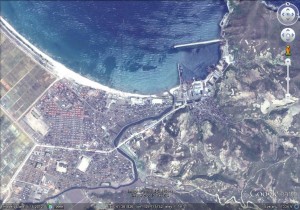According to Yonhap (via Global Post):
North Korea has started to lend state-owned farmland to city laborers as part of efforts to solve chronic food shortages, a local group said Wednesday,
“Since mid-May, the North started to lend state-owned cooperative farmland to city workers as part of its various efforts to solve serious food shortage problems for city workers,” the North Korea Intellectuals Solidarity said in a press conference, citing inside sources in the North.
City laborers are bearing the brunt of food shortages in the North while farming workers have easier access to farm produce, the group said.
North Korean leader Kim Jong-un is well aware of growing indignation among citizens over food shortages and in order to quell their anger, the leader is drawing a variety of ideas to help them feed themselves, it said.
The latest farmland renting plan is one of the North’s ideas to help solve food shortages, according to the study group.
Under the plan, one plant worker or state firm employee can borrow up to 826.5 square meters of land belonging to state-owned cooperative farms and they are required to pay about 25 kilograms of corn or 12.5 kg of beans in rent, the group said.
The country is promoting the plan as an effective way to encourage workers to raise self-sufficiency as well as to increase national agricultural output, it said, adding that some citizens are pessimistic about the plan because of the shortages of seeds, fertilizer and other tools needed for farming.
Read the full story here:
N. Korea starts to lend farmland to city workers to solve food shortage
Yonhap (via Global Post)
2013-6-26

